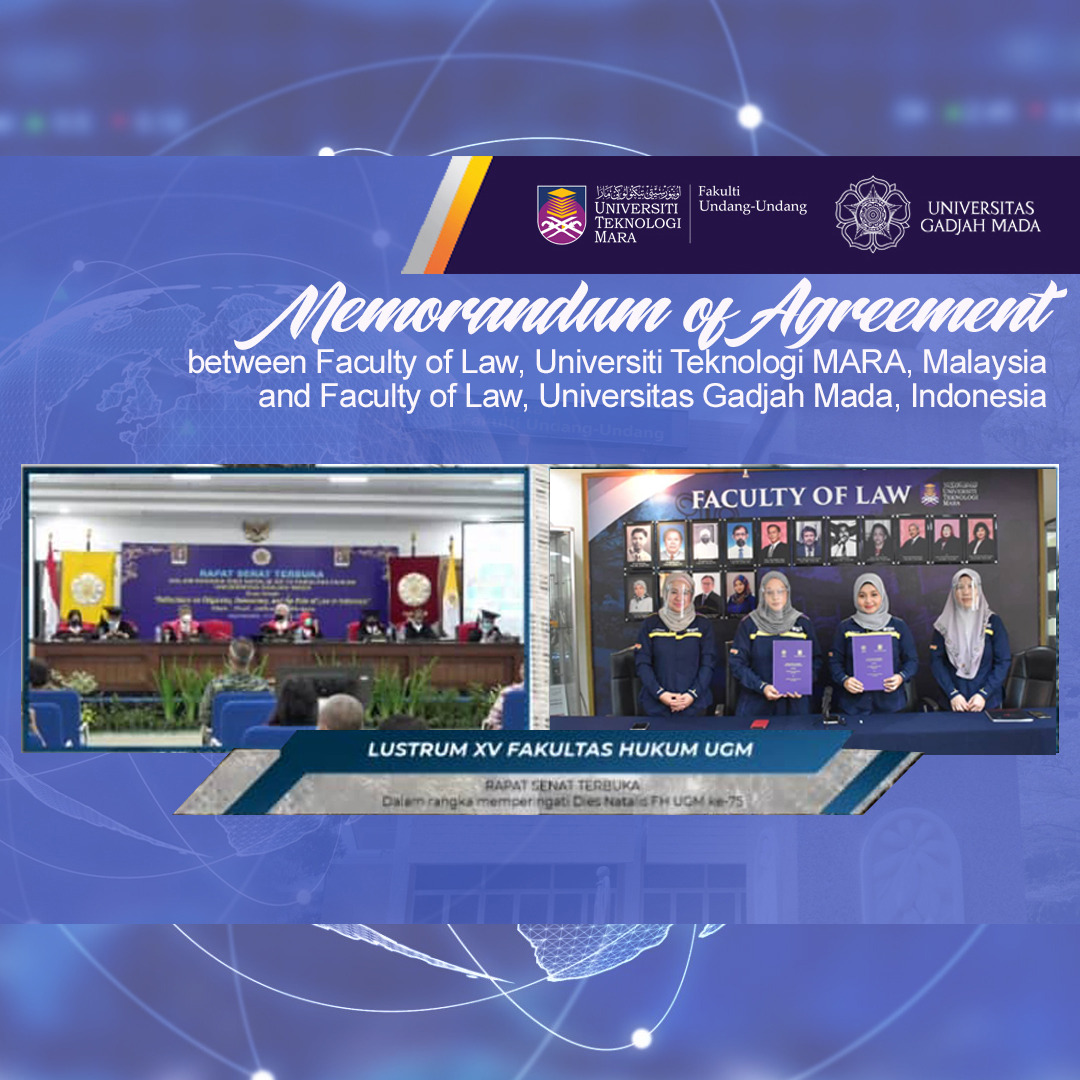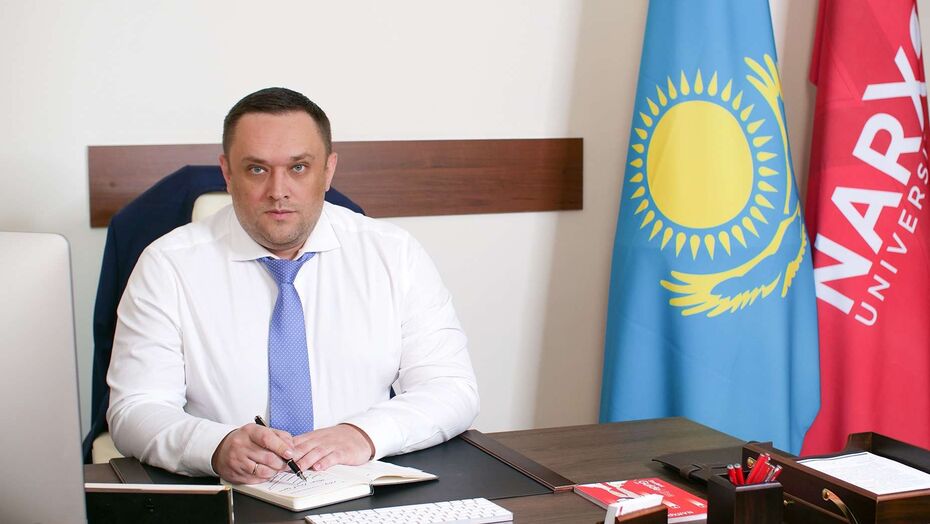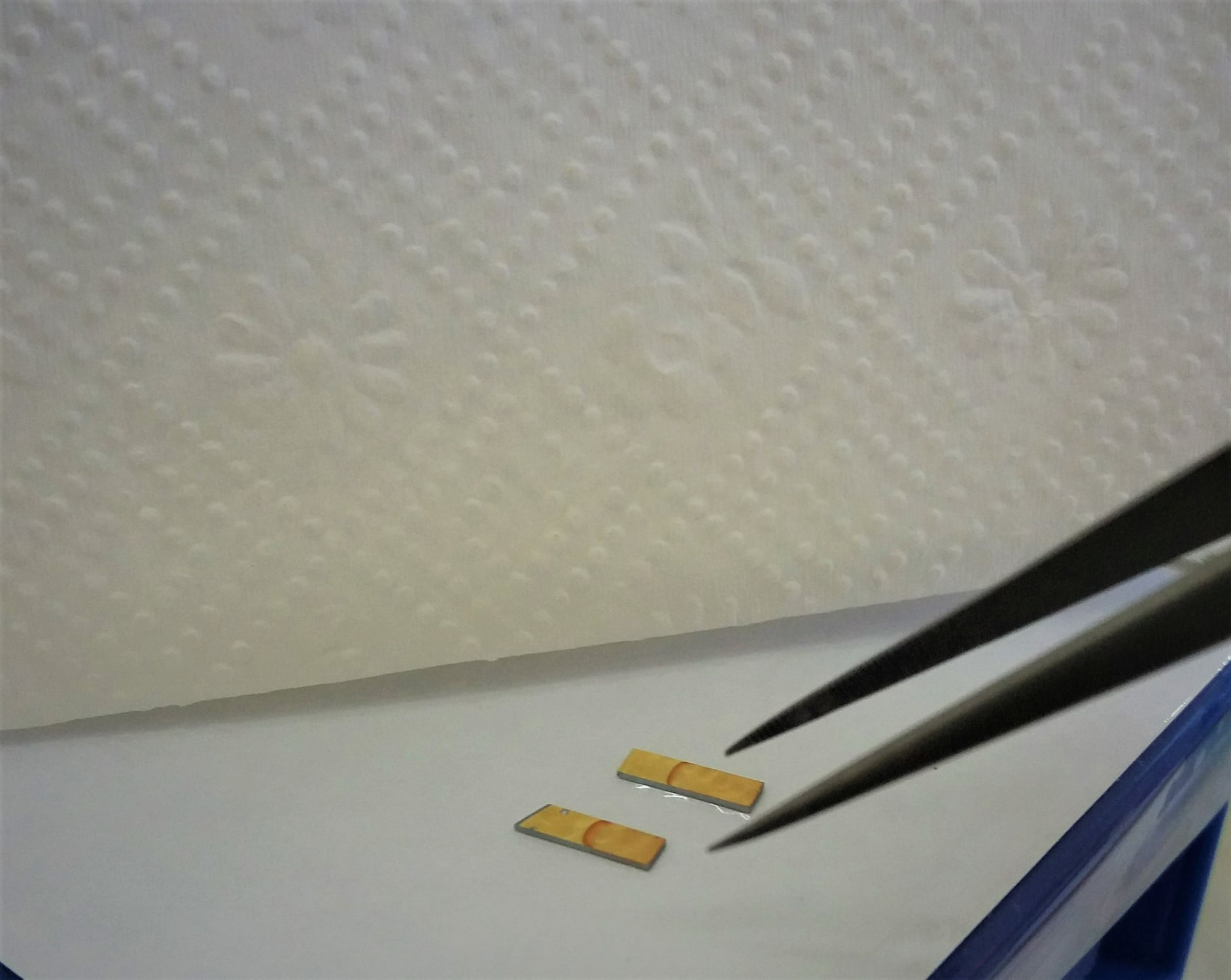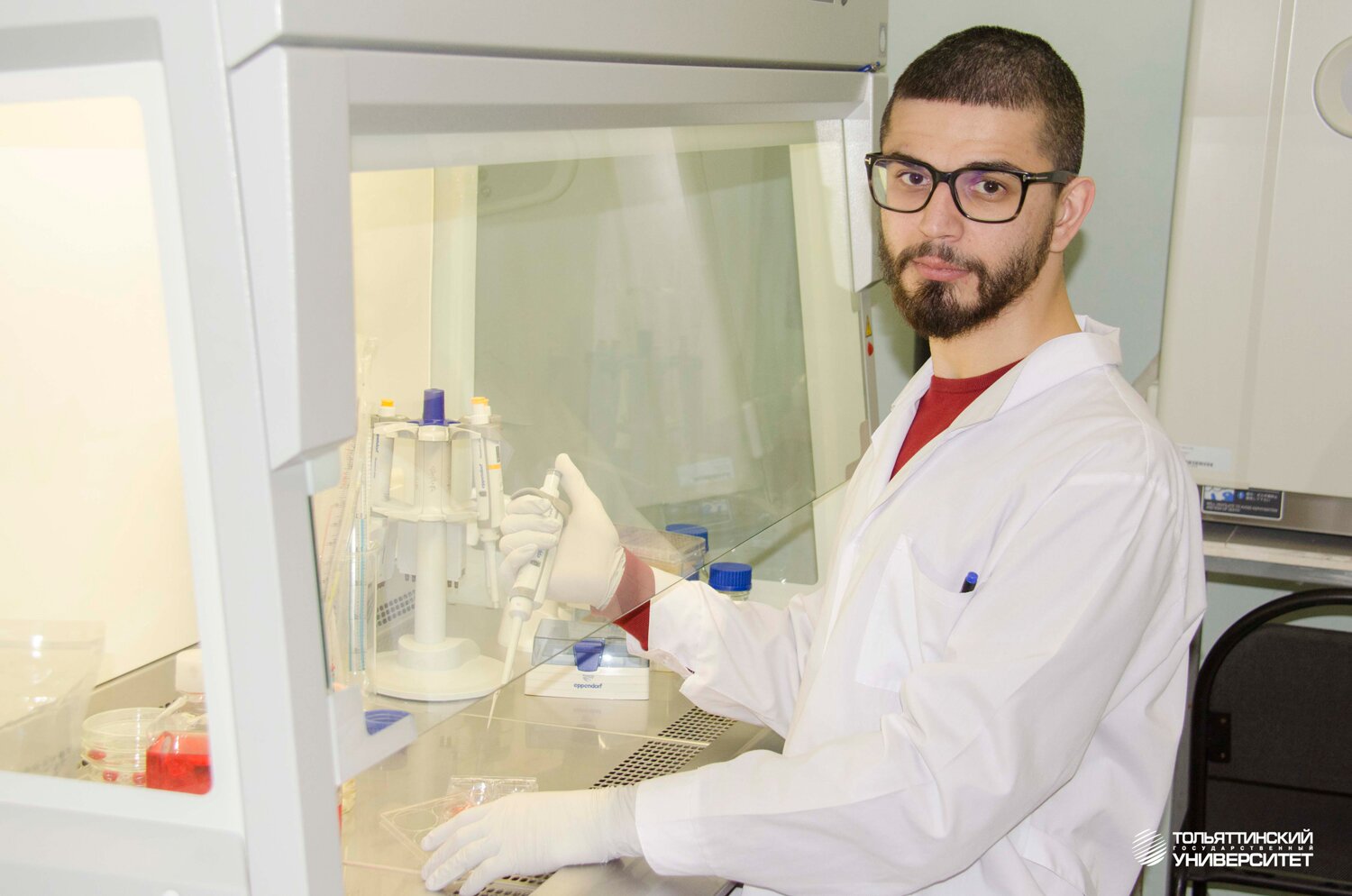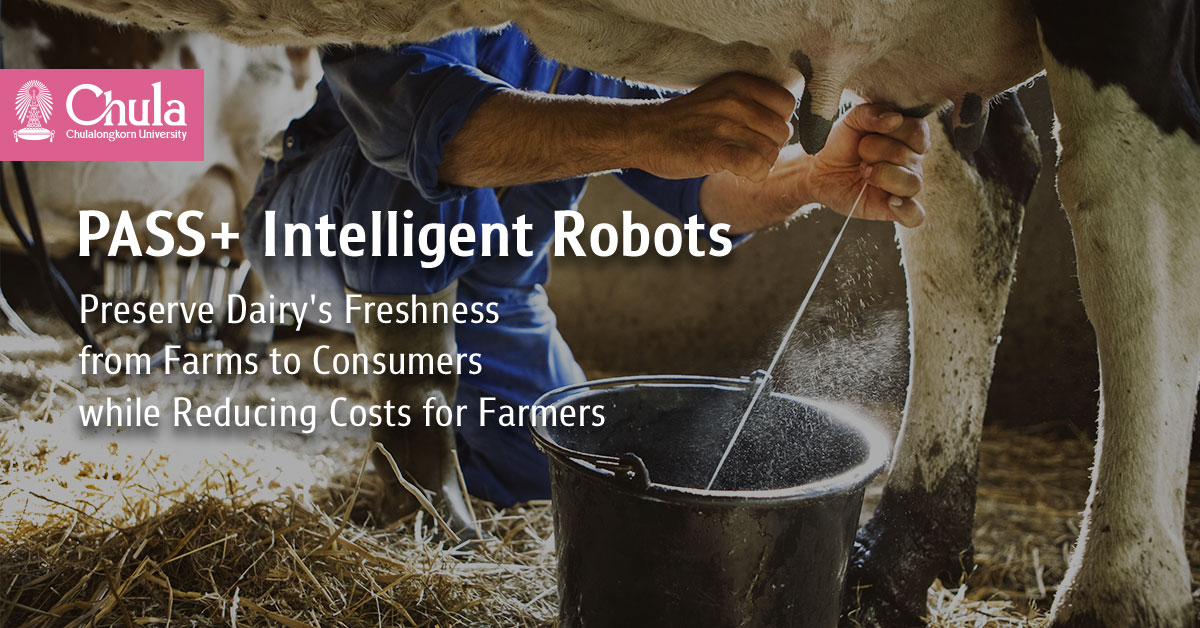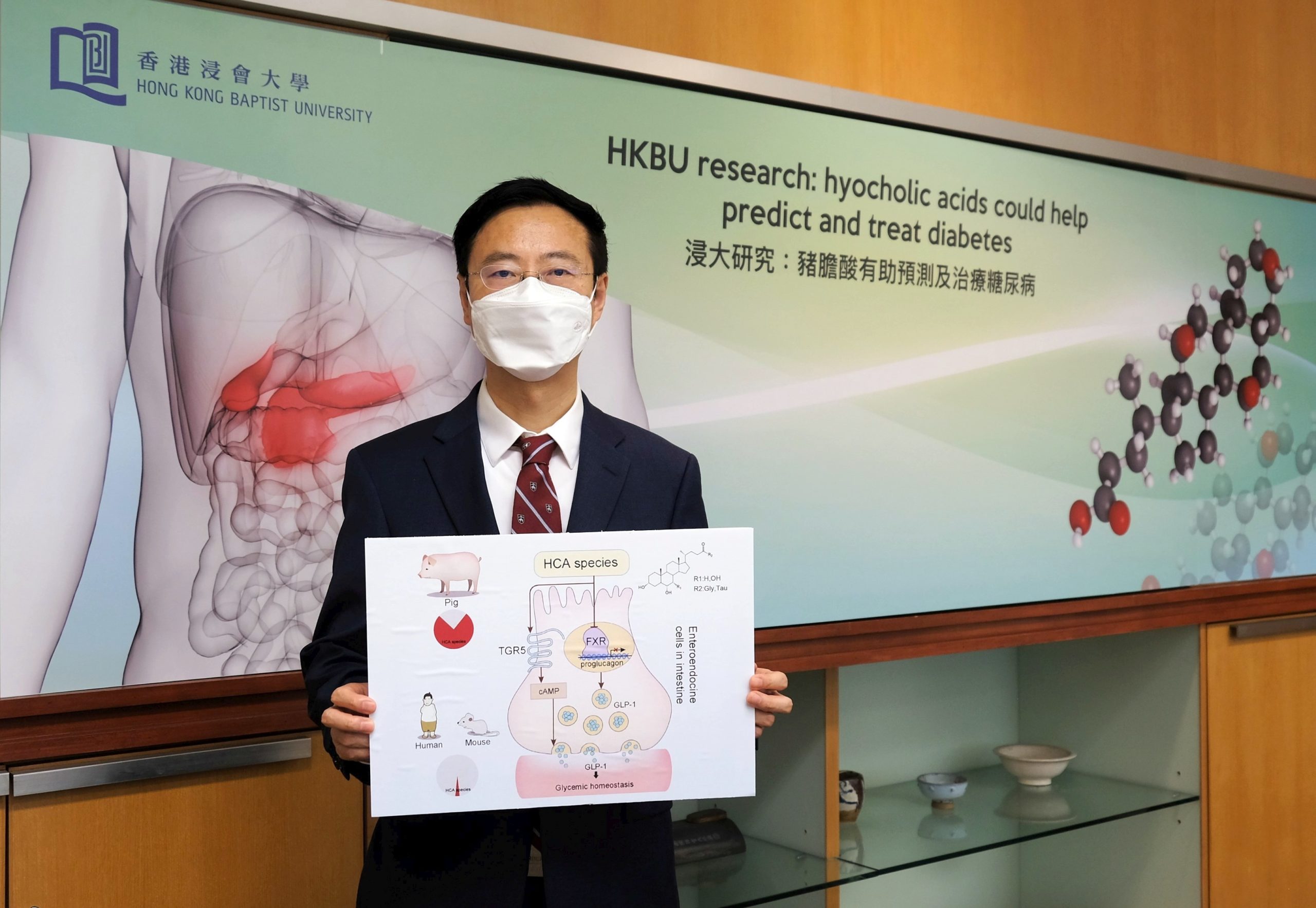The futurists diverge in their vision of tomorrow. Popular opinions vary from online education conquering the market, humanities ceasing to exist to IT specializations overshadowing other fields and each subsequent generation (X, Y, Z, Alpha) representing a smarter population. While this all sounds plausible, don’t rush to claim that it’s true; things may quickly shift tomorrow.
The education system is much more complex in its philosophy and patterns than one may suggest. Our job as leaders of the educational process is to try and predict which professions will be in demand in 5 or 10 years, and which skills would enable students to become the talented change-makers of tomorrow.
Some categories of knowledge are regarded as eternal and able to withstand global changes. For instance, people across the world praise Niccolo Machiavelli’s “The Prince” for its arguments on governance and human psychology. Napoleon, actually, referred to the book as the only one that is worth reading. However, if you turn two thousand years back, you may discover that the ancient “Arthasastra” thesis by Indian politician Kautilya almost verbatim precedes Machiavelli’s principles.
Do you think that human nature fundamentally changed throughout the centuries? No.
Numerous disciplines – such as sociology, history, and political science – contain ‘classic’ content that is gradually enriched through the knowledge-building process and rigorous research. But what about those areas where change occurs much more rapidly i.e. IT, medicine, architecture, machine learning, and engineering? Each year new discoveries challenge the findings of previous innovators. As a result, questions are raised with regard to teaching students in the fields where change occurs overnight.
The education system is not chaotic, it moves in accordance with market demand and external changes.
I see at least five global trends that are relevant in today’s context.
The global pandemic has revealed that online learning can complement face to face education but is unable to fully replace it. We observed a drop in the quality of education and a decrease in the intensity of study. An offline meeting with the professor has become an almost exclusive option. Even though online learning was able to leap forward in its development, it is unable to position itself as a foundational pillar of the educational process. We will happily get back into the classrooms, even despite possible risks.
The demand for highly qualified IT specialists is an ongoing trend, with massive investments poured into the sector. As a case in point, it is no coincidence that a School of Digital Technologies has recently been formed at Narxoz University.
The consolidation of universities is another significant trend. The purchasing power parity of the general population will decrease, and with that – the budgets of the universities. Smaller universities will not be able to survive, while larger ones (either through scale or state subsidies) will be able to host more professors and students.
A similar reform has occurred in Australia in the 1990s when the government decided to support a series of universities, forcing many colleges and specialized universities to merge with larger institutions and give up the autonomous status. While it was a personal blow to many professors and students at the time, on a macro-level it brought tangible results – 10 Australian universities are currently included in the QS-200 rankings. I believe that the rest of the world will follow this path as well.
The cross-disciplinarity trend in education is here to stay for the foreseeable future. Similar to how John Galt in Ayn Rand’s “Atlas Shrugged” chose two fields of study to deepen his knowledge about the world, students will see value in acquiring diverse skills and knowledge. For Galt, physics and philosophy allowed to become proficient in both the laws of the universe and the complexities of human nature. The set of chosen disciplines can be quite diverse – economics and law, mechanics and literature, programming and consulting, biology and engineering, among many others.
Another trend relates to the introduction of new educational methods and shifts toward entertainment in the educational process, which includes the gaming component. For a long time, there was a notion that entertaining methods meant a simplification of the educational process. For many students, studies represented a monotonous process of memorizing and repetitions, but education worldwide is rapidly transforming to include interactive approaches. Oddly enough, the pandemic enabled us to diminish the gap. The instructors have successfully started utilizing educational tools such as Padlet, Kahoot!, Google classroom. Yet, the balance between theory and ‘game’ has not yet been determined.
In short, we will observe changes in the number of universities and a trend towards their consolidation. Students will be keen to return to auditoriums, but their expectations will rise to include the use of interactive and visual elements, for instance. High demand for technical fields will stay relevant, especially for IT specializations.
While we cannot truly predict the world of tomorrow, we can try to be agile and ready for new challenges. Ideally, online and offline teaching will harmoniously co-exist to effectively transform the education system and bring the best results for students. In other words, the future is neither dark nor bright; it’s up to us to decide what shape it will take.
Professor Stanislav Buyanskiy is the Rector of Narxoz University.



